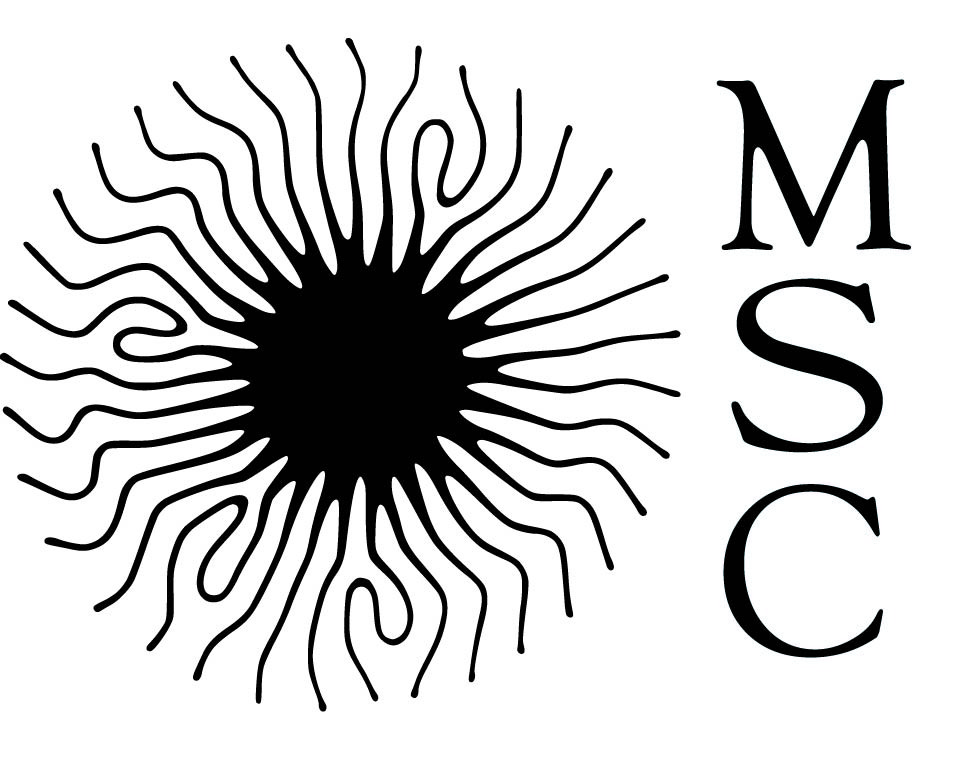Restricted Net Treatment Benefit in oncology
Résumé
Objectives:
The restricted Net Treatment Benefit (rNTB) is a clinically meaningful and tractable estimand of the overall treatment ef-
fect assessed in randomized trials when at least one survival endpoint with time restriction is used. Its interpretation does not rely on para-
metric assumptions such as proportional hazards, can be estimated without bias even in the presence of independent right-censoring, and
can include a prespecified threshold of minimal clinically relevant difference. To demonstrate that the rNTB, corresponding to the NTB
during a predefined time interval, is a meaningful and adaptable measure of treatment effect in clinical trials.
Methods:
In this simulation study, we tested the impact on the rNTB value, estimation, and power of several factors including the pres-
ence of a delayed treatment effect, minimal clinically relevant difference threshold value, restriction time value, and the inclusion of both
efficacy and toxicity in the rNTB definition. The impact of right censoring on rNTB was assessed in terms of bias. rNTB-derived statistical
tests and log rank (LR) tests were compared in terms of power.
Results:
RNTB estimates are unbiased even in case of right-censoring. rNTB may be used to estimate the benefit/risk ratio of a new
treatment, for example, taking into account both survival and toxicity and include several prioritized outcomes. The estimated rNTB is
much easier to interpret in this context compared to NTB in the presence of censoring since the latter is intrinsically dependent on the
follow-up duration. Including toxicity increases the test power when the experimental treatment is less toxic. rNTB-derived test power in-
creases when the experimental treatment is associated with longer survival and lower toxicity and might increase in the presence of a cure
rate or a delayed treatment effect. Case applications on the PRODIGE, Checkmate-066, and Checkmate-067 trials are provided.
Conclusions:
RNTB is an interesting alternative to describe and test the treatment’s effect in a clear and understandable way in case of
restriction, particularly in scenarios with nonproportional hazards or when trying to balance benefit and safety. It can be tuned to take into
consideration short- or long-term survival differences and one or more prioritized outcomes.
| Origine | Fichiers éditeurs autorisés sur une archive ouverte |
|---|---|
| licence |




